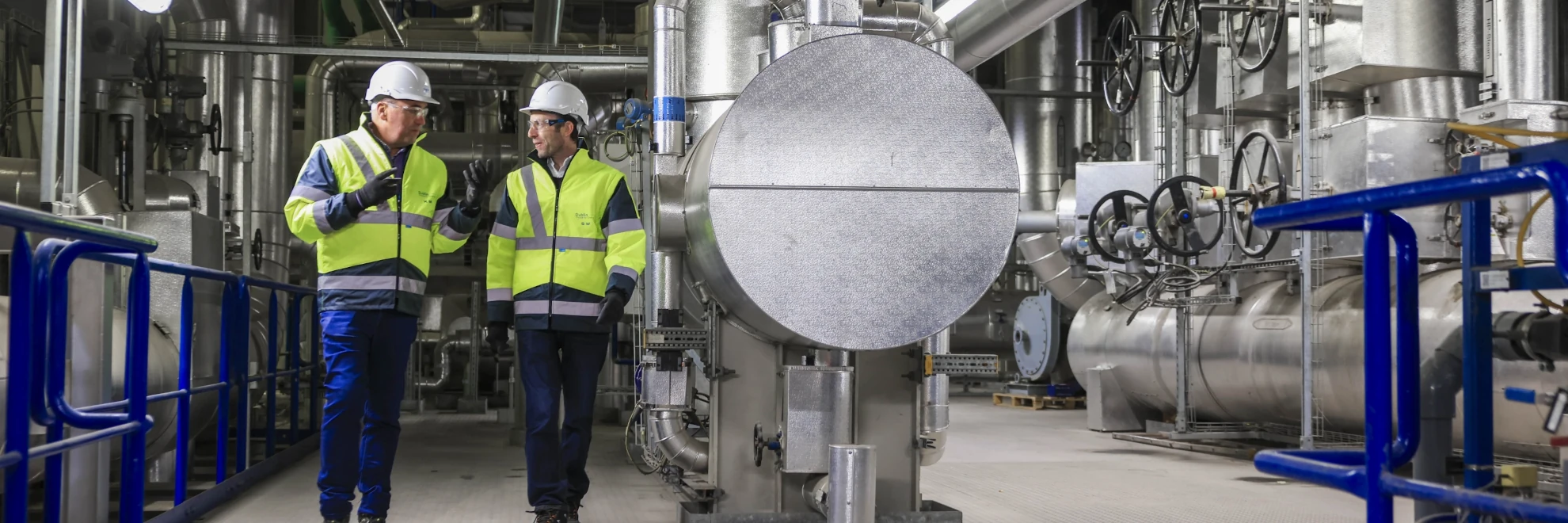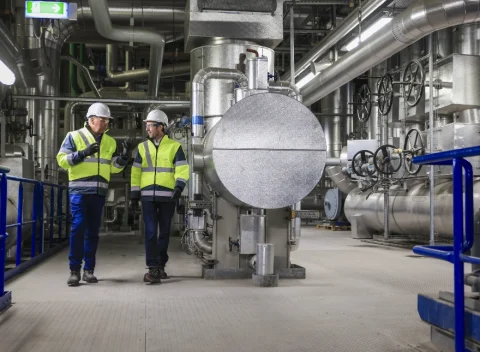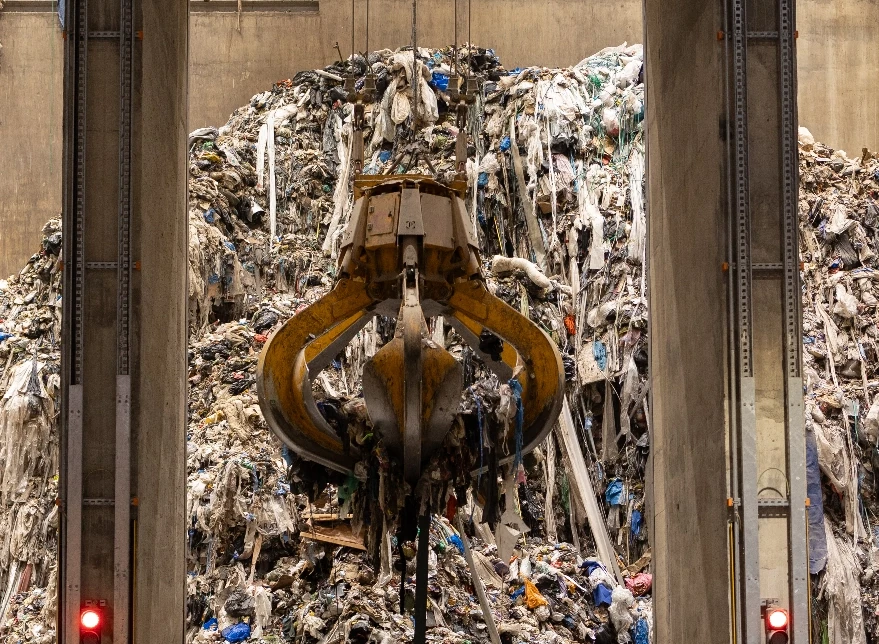
Public sanitation service
Without this essential public sanitation infrastructure, residual waste would most likely be sent to landfill or exported overseas – both of which have long-term consequences in terms of greenhouse gas emissions.
Landfill diversion is an important part of our contribution to society. However, we do so much more than divert waste from landfill. We see waste as a resource to be utilised. From bin bag to lightbulb.
Our place in the waste hierarchy
Energy-from-Waste has a key part to play in the waste hierarchy.
The waste hierarchy is an established framework for waste management which prioritises waste reduction, reuse and recycling. The next best option is recovery – finding and extracting useful resources from residual waste. That’s where we come in, as an important ‘safety net’ before the least preferred option, disposal.
At a time when we must all play our part in protecting the world’s limited resources, it’s important to make good use of what’s already in existence.
Waste is not waste until it’s wasted.
What is the Waste Hierarchy?
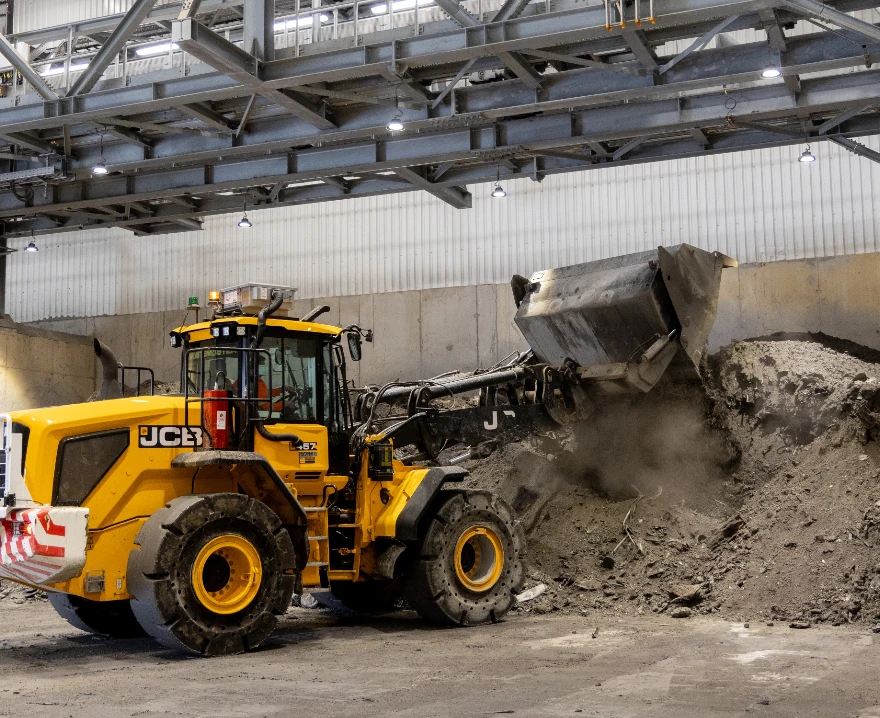
Recovering resources
Our vital contribution to waste management the transition to a circular economy and enable progress on climate change targets.
The Energy-from-Waste process harvests baseload electricity and heat from residual waste, as well as recovering remaining metals for recycling and ash that is reprocessed into secondary aggregates for the construction industry.
In doing so, we reduce reliance on the extraction of fossil fuels and mineral resources from our planet. We also reduce the greenhouse gas emissions that result from the mining and use of fossil fuels.
The recovery of resources supports the transition to a circular economy.
Supporting the net zero transition
The rising impact of climate change has driven the widespread adoption of net zero targets across governments. The UK and Ireland, via the European Union, are working towards binding net zero obligations over the next two to three decades.
Reducing reliance on fossil fuels is one of the ways in which we contribute to progress on net zero. But we don’t stop there. Our decarbonisation strategy aims to significantly reduce carbon dioxide emissions in a number of ways.

Our industry-leading carbon capture programme is one of the key ways we are seeking to cut emissions from our own operations.
We are developing plans for the UK’s first carbon capture deployment at an energy-from-waste facility – as part of a Government-backed initiative at our Protos Energy Recovery Facility in the North West of England. When it becomes operational, the Protos carbon capture plant will prevent around 370,000 tonnes of CO2 per year from entering the atmosphere – equivalent to taking approximately 200,000 cars off the road.
Following that pathfinder project we have plans in place to extend the roll-out of carbon capture to other facilities in our fleet.
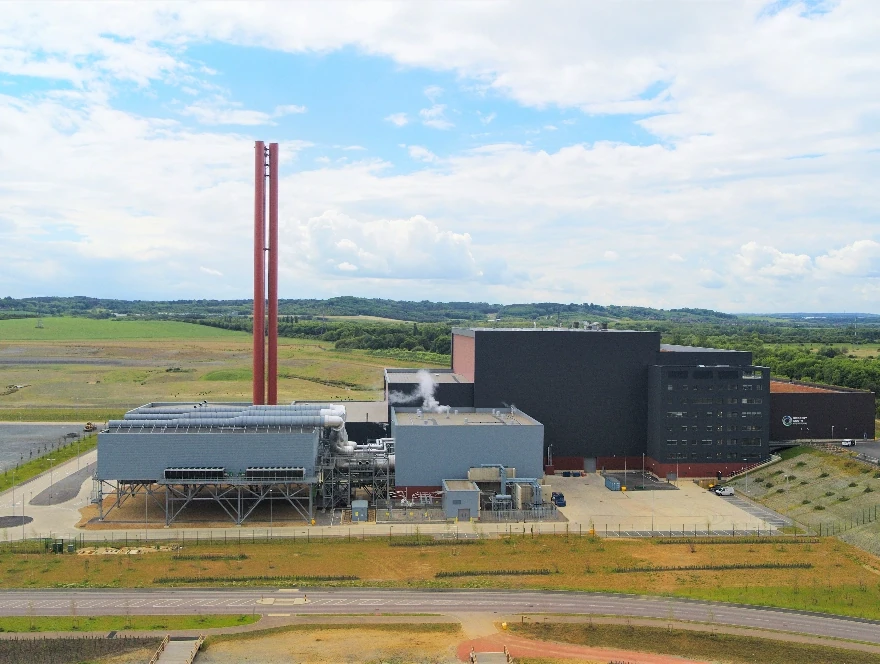
The unique opportunity of applying carbon capture to Energy-from-Waste is that it enables negative emissions – moving beyond capturing the CO2 emitted by our process to actually reduce overall CO2 levels in the atmosphere.
This is due to the presence of biogenic carbon in the residual waste that we process, as well as fossil-based carbon.
Another way we are cutting CO2 from our operations is through the use of hyrdrogenated vegetable oil (HVO) as a substitute start-up fuel in place of conventional diesel.
In addition, district heating partnerships enable us to support the decarbonisation of local communities by providing an alternative to fossil fuel systems.
More about what we do
